Amazing Bumblebees: The ULTIMATE Pollinators With Incredible Abilities
Meet the Amazing Bumblebees
Bumblebees are among the most fascinating and essential pollinators on the planet. These fuzzy, buzzing insects play a crucial role in our ecosystems, ensuring plants reproduce and helping maintain biodiversity. But there’s more to these little powerhouses than meets the eye! From their unique flight mechanics to their surprising intelligence, bumblebees are packed with incredible abilities. Let’s dive into the world of bumblebees and discover why they truly are the ultimate pollinators!
What Makes Bumblebees So Special?
Bumblebees (genus Bombus) are social insects known for their plump, fuzzy bodies and characteristic buzzing sound. Unlike honeybees, which have vast colonies, bumblebee colonies are much smaller, typically housing 50 to 200 bees at a time.
These bees are found all over the world, with around 250 species thriving in a variety of habitats, including meadows, forests, and even urban gardens. Their adaptability makes them key players in pollination, helping countless plants reproduce.
Buff-tailed Bumblebee (Bombus terrestris)
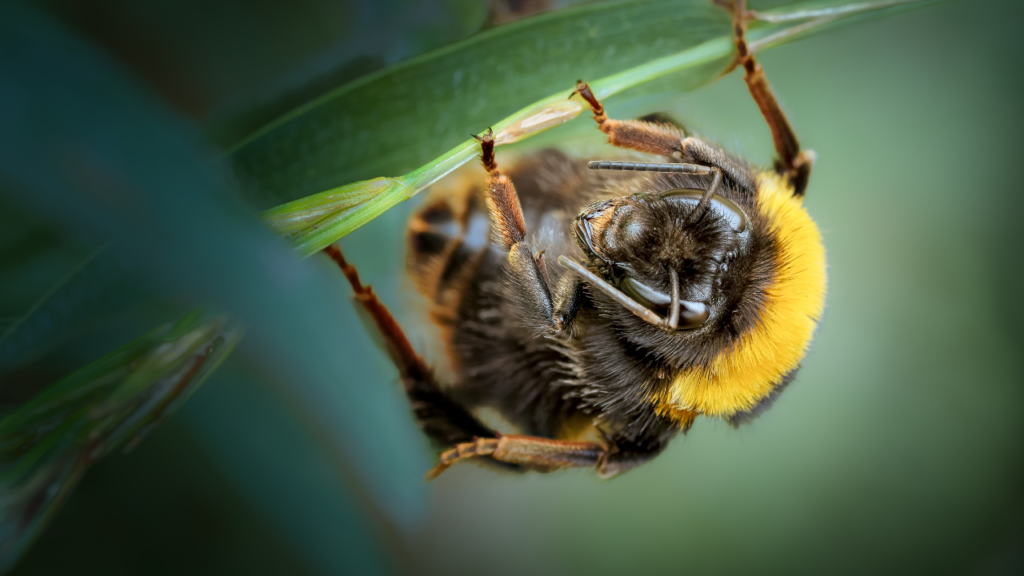
Found In: Europe, parts of Asia, and New Zealand (introduced species)
Notable Feature: Golden-yellow bands with a buff-colored tail
Why It’s Special: One of the most common bumblebee species in Europe and a key pollinator for crops like tomatoes.
Common Eastern Bumblebee (Bombus impatiens)

Found In: North America (especially the U.S. and Canada)
📌 Notable Feature: Black body with a bright yellow thorax
Why It’s Special: A dominant pollinator in the U.S., frequently used in greenhouse crop pollination (e.g., tomatoes and peppers).
How Do Bumblebees Fly?
One of the most fascinating things about bumblebees is their flight. Their round, fuzzy bodies and relatively small wings make it seem like they shouldn’t be able to fly at all. But thanks to rapid wing movements (around 130-240 beats per second!), bumblebees generate enough lift to stay airborne. Their flight mechanics are more similar to a helicopter than an airplane, allowing them to hover and change direction with ease.


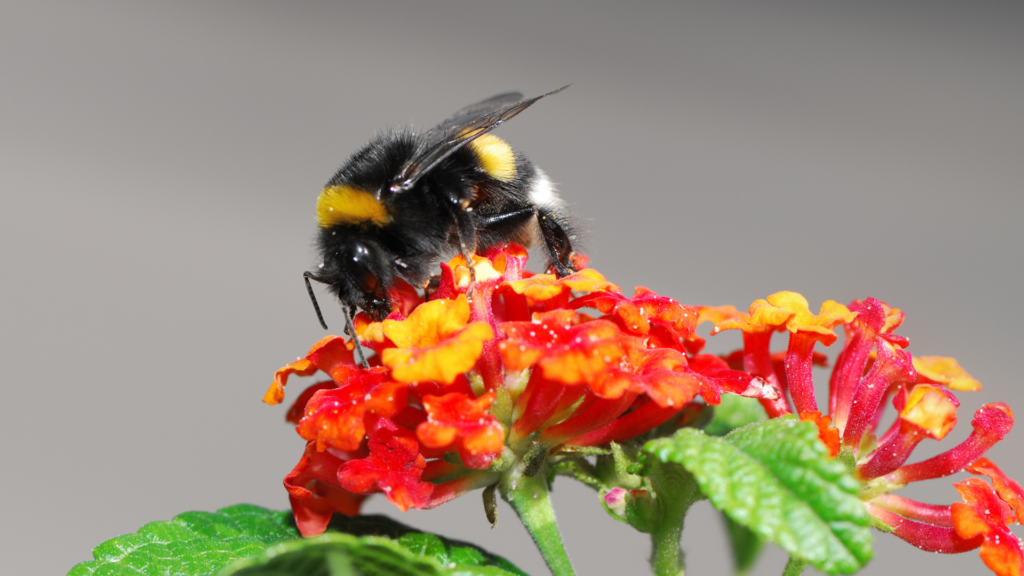
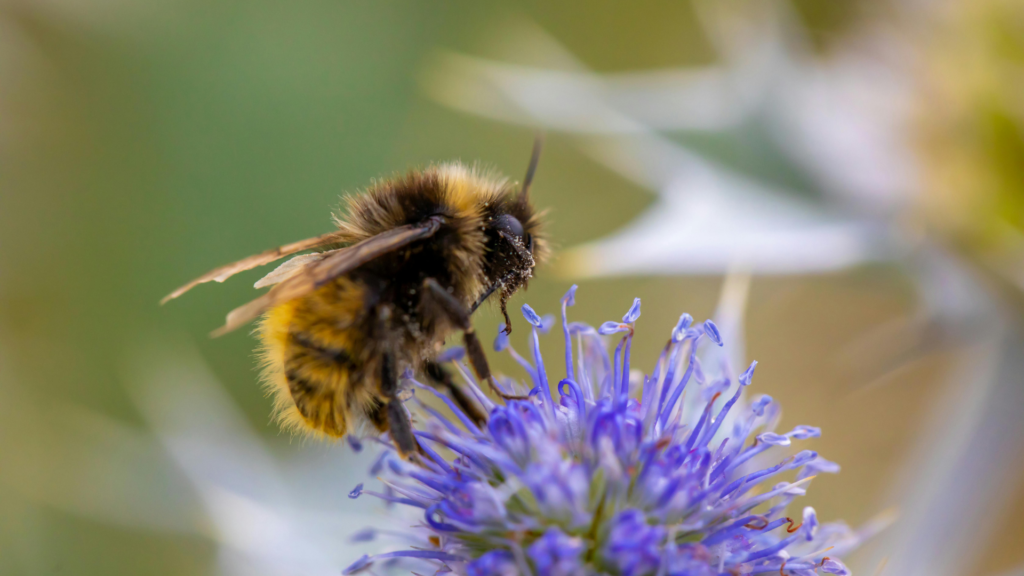
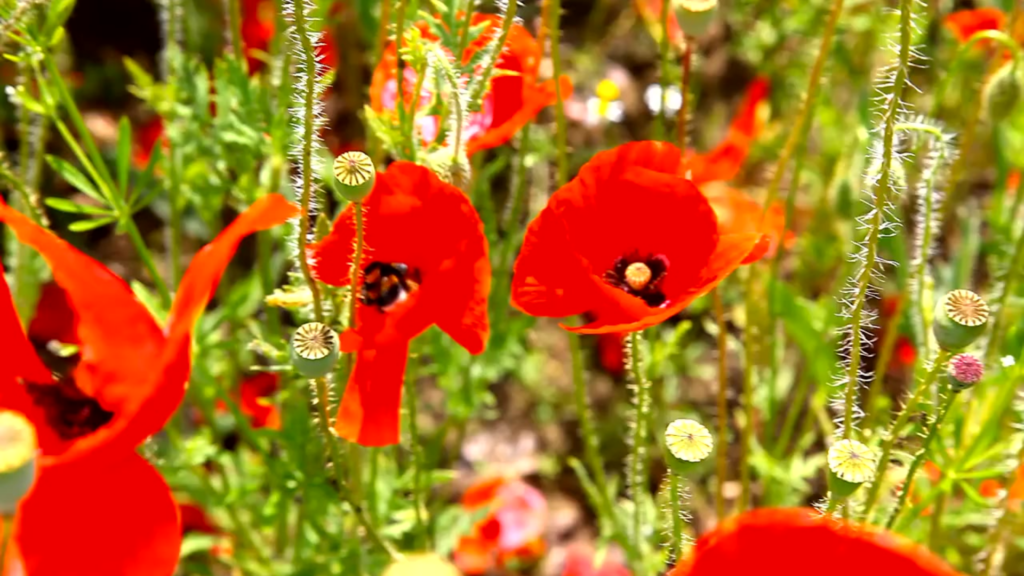



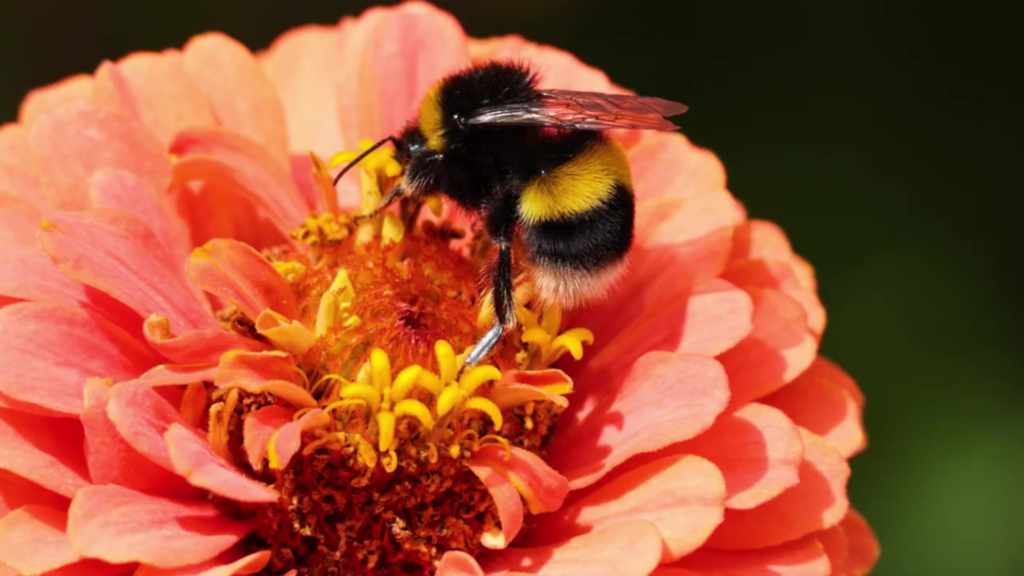
The Power of Buzz Pollination
Bumblebees use a unique technique called buzz pollination (sonication) to extract pollen from flowers. By rapidly vibrating their muscles, they shake pollen loose from deep within flowers, increasing the efficiency of pollination. This ability makes them critical pollinators for certain plants, including tomatoes, blueberries, and peppers, which rely heavily on this method.
A Bumblebee’s Life Cycle
Bumblebee colonies follow a seasonal cycle that begins with a single queen emerging from hibernation in the spring. Here’s how their life unfolds:
- Spring: The queen finds a nest and lays her first batch of eggs.
- Summer: Worker bees hatch and take over foraging, allowing the queen to focus on laying more eggs.
- Late Summer/Fall: New queens and male drones emerge. The old colony declines.
- Winter: New queens hibernate, waiting to start the cycle again in spring.
Unlike honeybee colonies, which persist year-round, most bumblebee colonies die off each winter, leaving only the new queens to carry on the lineage.
How Smart Are Bumblebees?
Despite their tiny brains, bumblebees display remarkable intelligence. Studies have shown that they can:
- Recognize patterns to find the best flowers.
- Remember locations and navigate back to food sources.
- Learn from each other through simple problem-solving skills.
Their ability to adapt and learn makes them much more than just mindless pollinators!
Incredible Adaptations of Bumblebees
Bumblebees have some amazing adaptations that help them survive and thrive: ✅ Shivering for Warmth – Bumblebees can shiver their flight muscles to generate heat, allowing them to fly in cooler temperatures. ✅ Waterproof Bodies – Their fuzzy bodies are coated with a special oil that repels water, keeping them dry even in wet conditions. ✅ Pollen Baskets – Special structures on their hind legs, called corbiculae, help them carry pollen efficiently. ✅ Fast Vision – Bumblebees see the world in slow motion, helping them detect fast-moving objects and react quickly to threats.
The Importance of Protecting Bumblebees
Bumblebees are facing serious threats due to habitat loss, climate change, and pesticide use. Their declining populations could have a devastating impact on global food production and biodiversity. But you can help! Here’s how:
🐝 Plant pollinator-friendly flowers – Grow native plants that provide nectar and pollen. 🐝 Avoid pesticides – Use natural pest control methods instead. 🐝 Provide nesting sites – Leave undisturbed areas for bumblebee queens to establish nests. 🐝 Support conservation efforts – Donate to or volunteer with organizations dedicated to bee conservation.
Every small effort counts when it comes to protecting these essential pollinators!
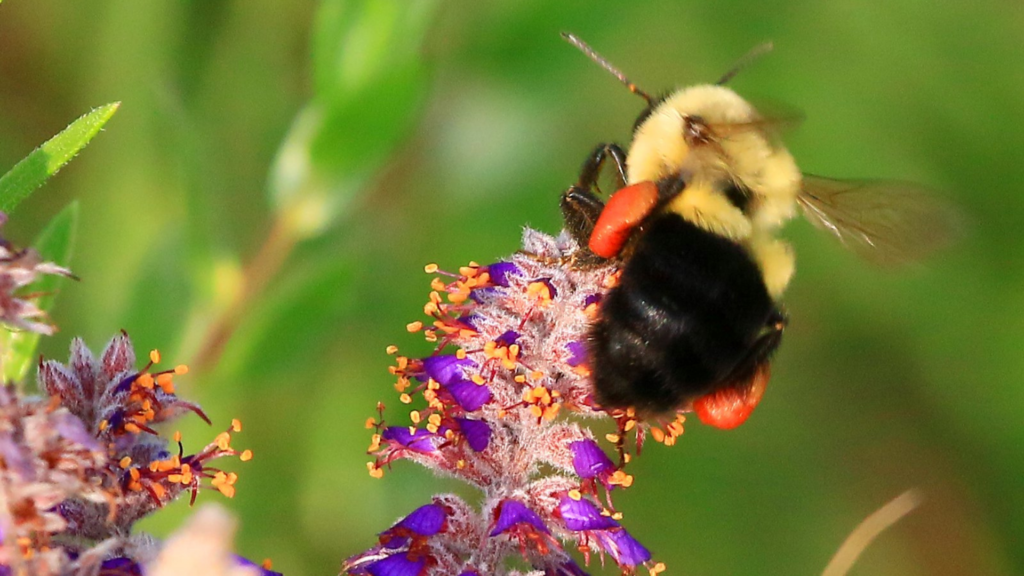

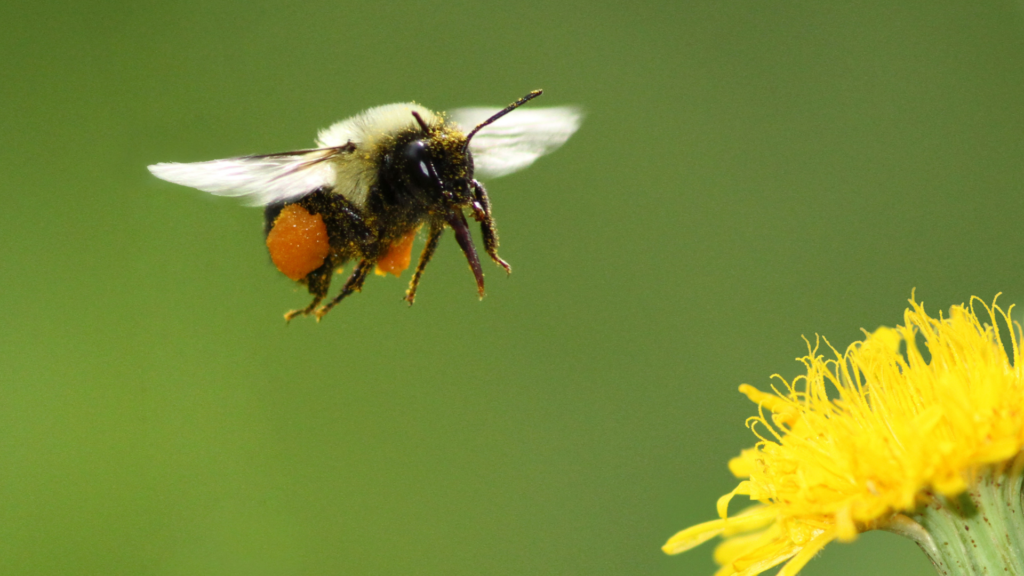
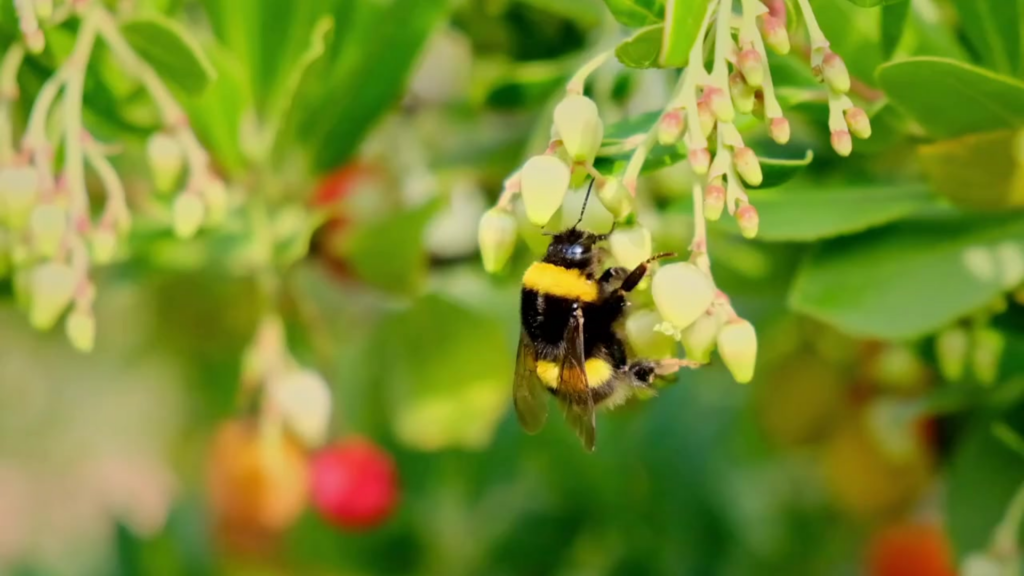
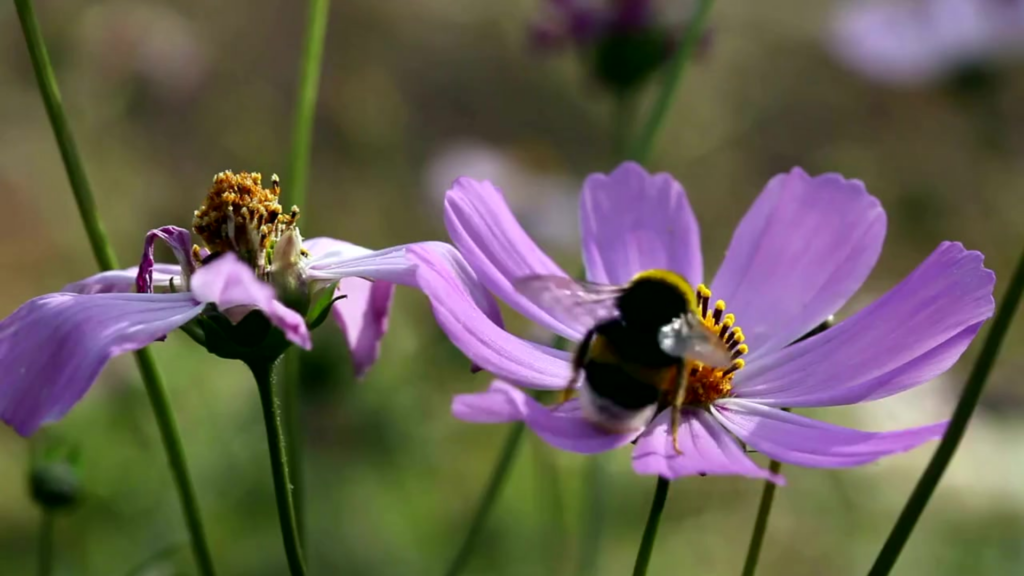
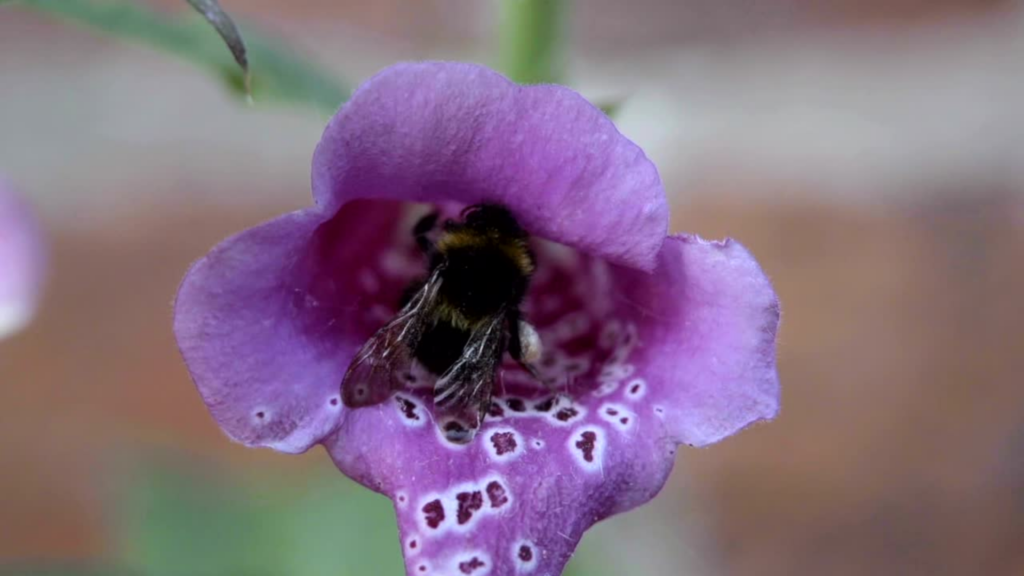
Fun Facts About Bumblebees!
✅ Bumblebees have FIVE eyes! Two large compound eyes help detect movement, while three smaller ocelli help with navigation. 👀
✅ They can fly like helicopters! Their small wings beat up to 240 times per second, allowing them to hover and change direction mid-air. 🚁
✅ Bumblebees buzz pollinate! They vibrate their bodies to shake pollen loose from flowers, helping plants like tomatoes and blueberries thrive. 🌸
✅ Fast vision! Bumblebees see the world in slow motion, making them expert dodgers and precise flyers. ⚡
✅ They shiver to warm up! By vibrating their flight muscles, they generate heat, allowing them to fly in colder temperatures. ❄️
About Bumblebees
🐝 Scientific Name: Bombus (Genus)
🌍 Taxonomy: Family Apidae, Order Hymenoptera
📌 Number of Species: ~250 worldwide
🏡 Habitat: Found in meadows, forests, gardens, grasslands, and urban areas
🍽️ Diet: Nectar (for energy) and pollen (for protein)
🌸 Pollination Method: Buzz pollination (vibrating flowers to release pollen)
🏠 Nesting: Underground burrows, abandoned rodent nests, dense grass, or hollow logs
👑 Colony Structure: One queen per colony, with 50–200 worker bees
🕰️ Lifespan:
- Queens: Up to 1 year (hibernate through winter)
- Workers: A few weeks
- Drones (Males): Live just long enough to mate
Make Your Garden a Pollinator Paradise
Want to help bumblebees thrive? Even small steps can make a big difference! From cozy bee houses to blooming wildflower mixes, here are a few of our favorite ways to turn your backyard into a pollinator paradise. 🌼🐝🌿
Water is just as important as flowers! Support more than just bees too!!
Check out our post on how to set up watering stations for all kinds of backyard wildlife!
SparkJump Premium DIY Bug Hotel Kit
Build your own beautiful bee hotel with this hands-on kit! Includes cedar wood pieces, paint, tools, and everything needed for a fun, educational experience.
Gift Republic Handmade Habitat Bee Hotel
A charming and colorful mini hotel for solitary bees—great for balconies, patios, or small gardens.
Better Gardens Bee House
An affordable and beginner-friendly option that adds rustic charm while supporting pollinators.
Bee Friendly Wildflower Seed Mix – Bulk 1oz
Includes over 7,500 seeds across 19 wildflower varieties to support bees, butterflies, and birds all season long.
BUZZY Wildflower Pollinator Seed Mix – 1lb
Features 18 native flower types like coneflowers and cosmos. Easy to grow and packed with pollinator power.
The Old Farmer’s Almanac Premium Wildflower Mix
A diverse, non-GMO seed blend with 23 varieties—perfect for attracting bees and butterflies in home gardens.
Final Thoughts
Bumblebees are more than just buzzing insects—they are powerful pollinators, intelligent foragers, and crucial contributors to the health of our ecosystems. With their unique abilities, adaptations, and life cycle, it’s clear that these tiny creatures have an enormous impact on the world around us.
Next time you see a bumblebee buzzing by, take a moment to appreciate all the hard work it’s doing. And if you want to help protect them, consider making your backyard a bee-friendly haven! 🐝🌸
Discover More Amazing Animal Facts!
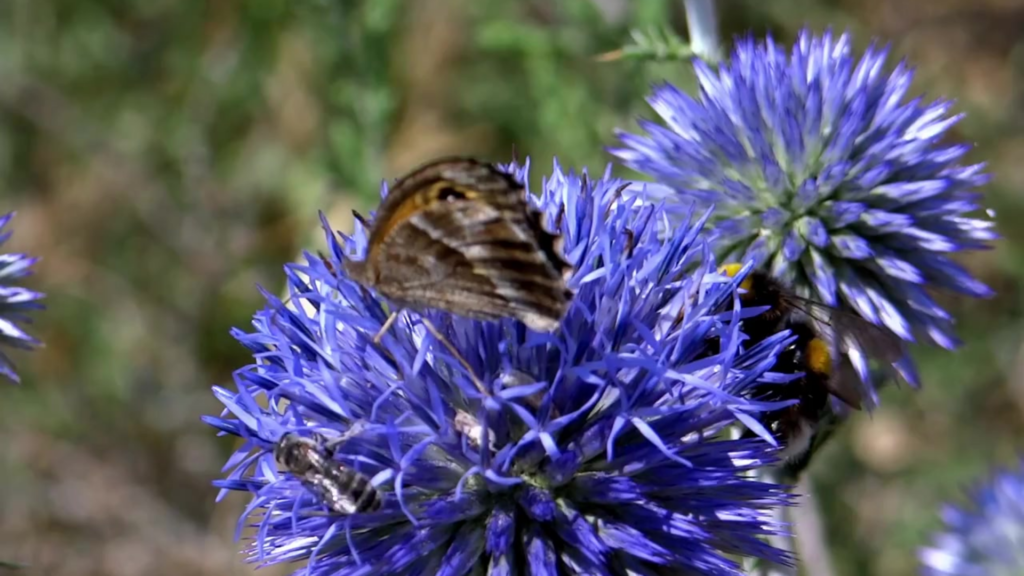
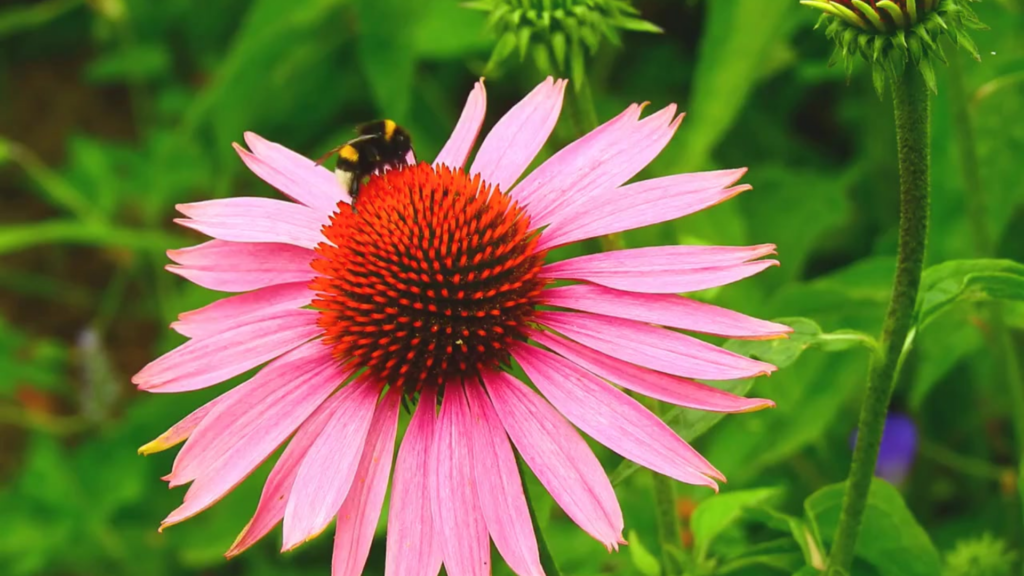
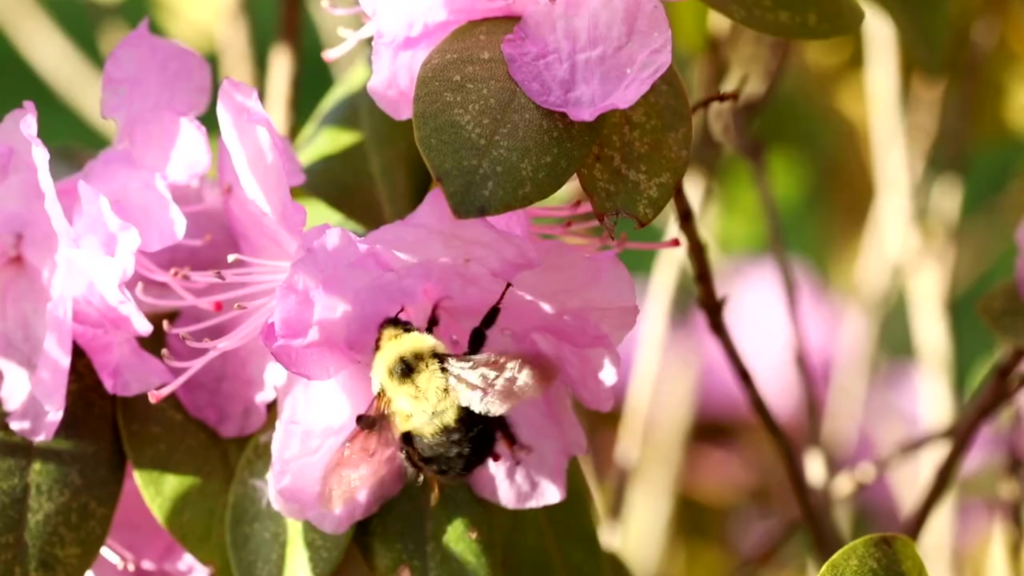

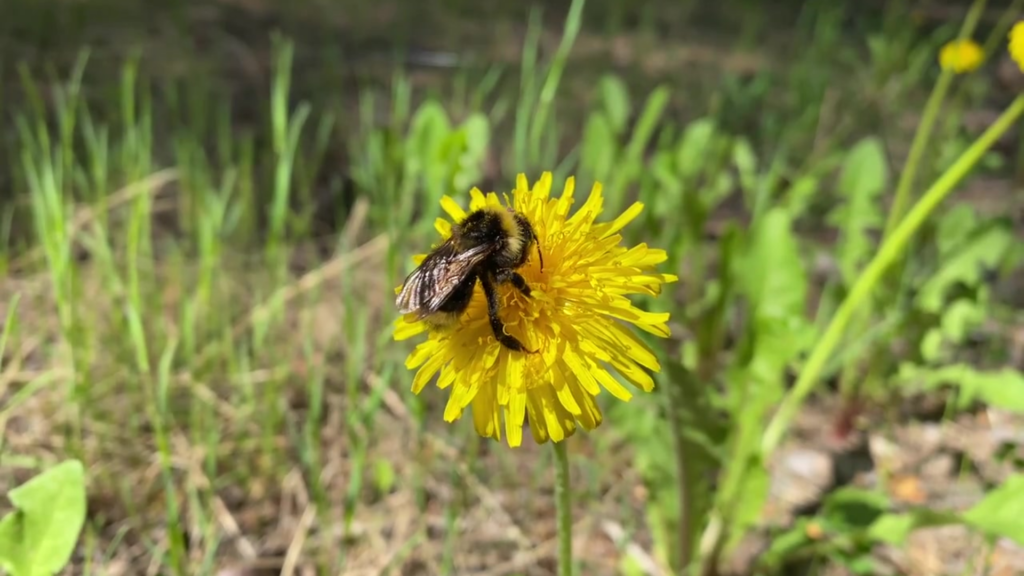
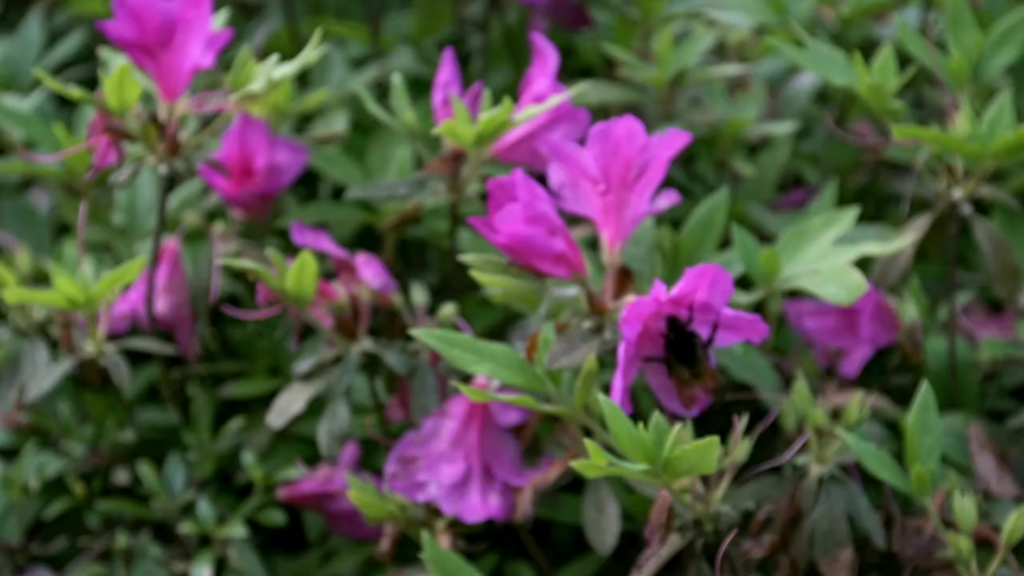
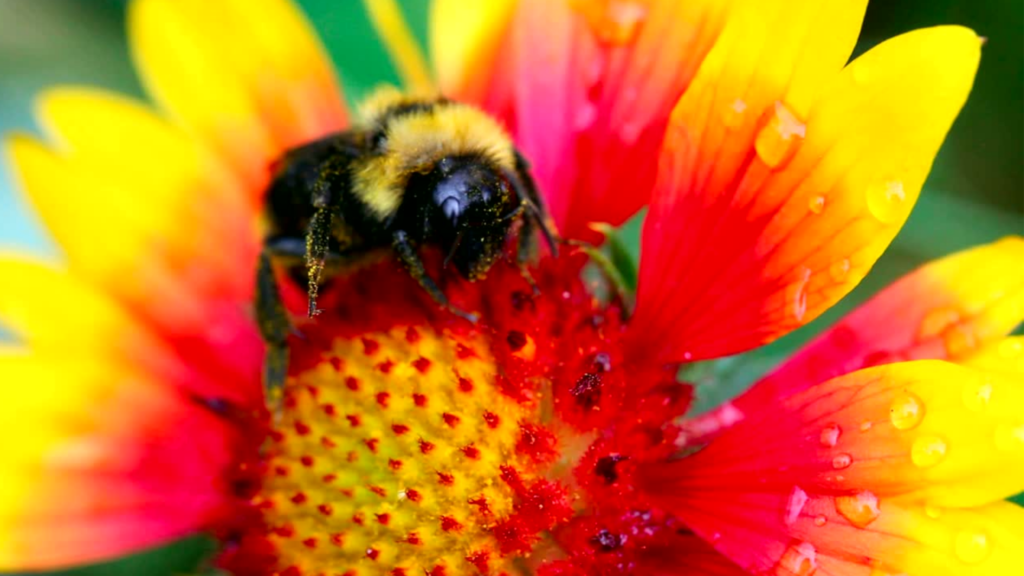
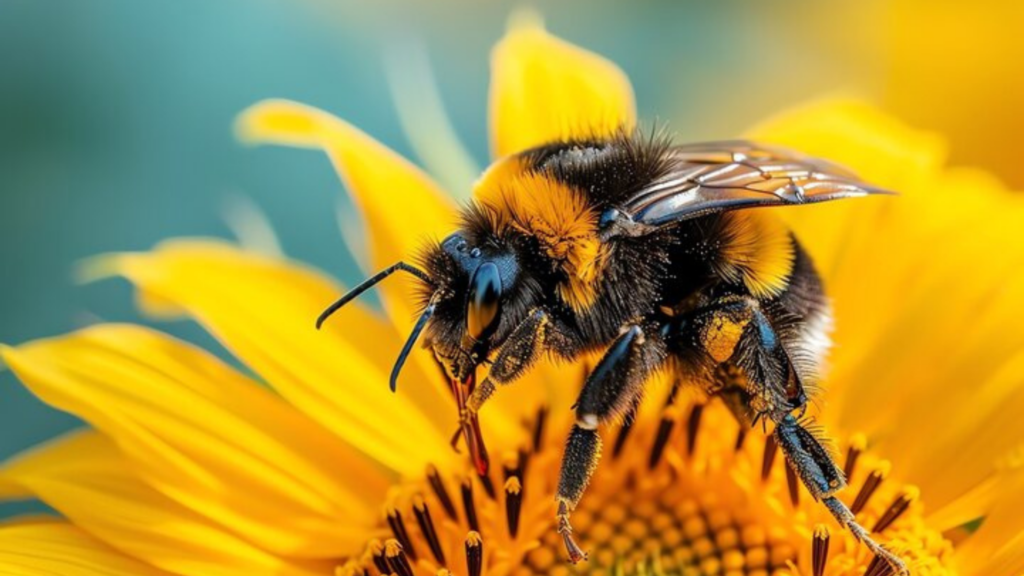
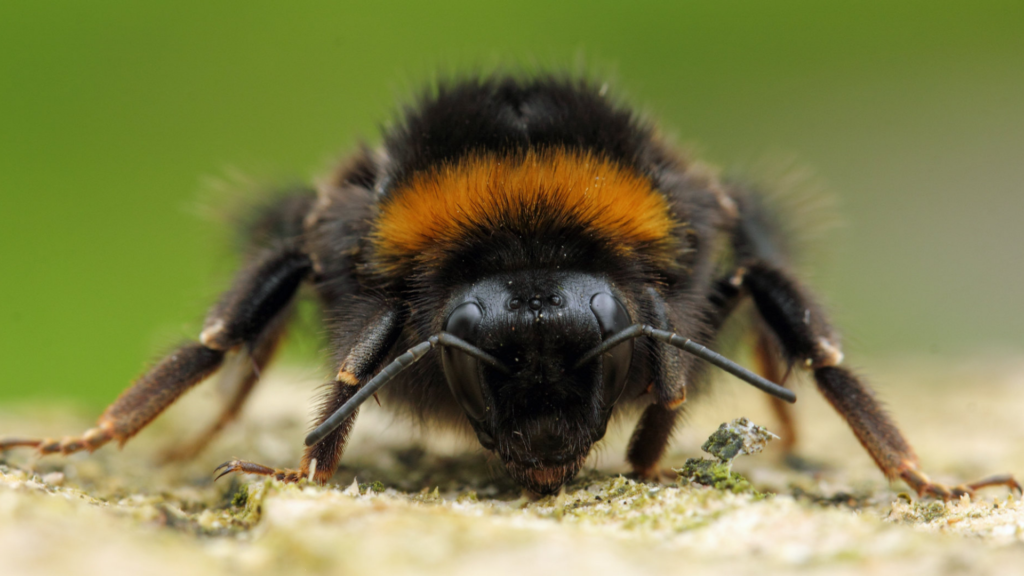
📢 Follow BearBunk for More Wildlife Facts! 🐾
🌎 Website: https://bearbunk.com
📷 Instagram: https://www.instagram.com/bearbunkanimals/
📌 Pinterest: https://www.pinterest.com/bearbunkAnimals/
📘 Facebook: https://www.facebook.com/BearBunk
📺 YouTube: https://www.youtube.com/@BearBunk
#Bumblebees #Pollinators #WildlifeEducation #SaveTheBees #BearBunk












Leave a Reply